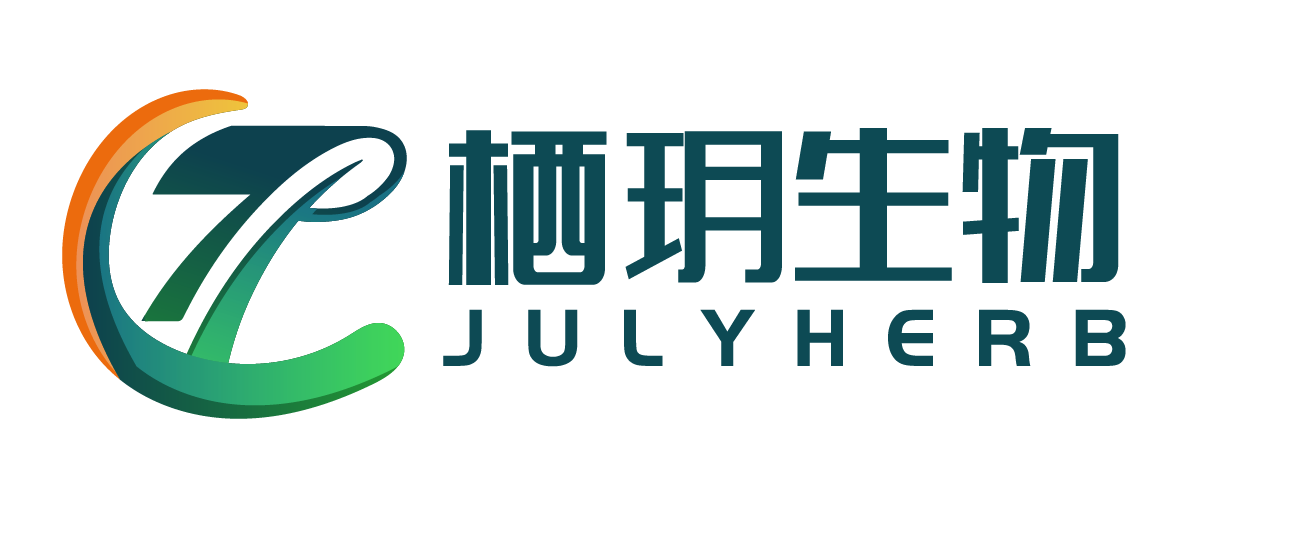What to Know About Potassium Iodide for Nuclear Radiation Emergencies?
But the salt doesn’t protect the rest of your body from radioactive iodine, only your thyroid. It also can’t reverse any health issues caused by radioactive iodine if your thyroid was already damaged.
The Food and Drug Administration (FDA) released guidance in December 2001 on how to safely use potassium iodide. In pill or liquid form, it can help protect you during a nuclear radiation emergency.
How Does Potassium Iodide Work?
If you’re in an area that’s had a radiation emergency, the most effective option is evacuation. But potassium iodide can act as an extra measure to keep you safe.
When Should You Take Potassium Iodide Pills?
Only take potassium iodide if state or local health authorities suggest you do so. During an emergency, health officials will send out an announcement. Your health department will then tell you when it’s OK to take potassium iodide. They’ll also tell you when you can stop the medication.
You’ll take potassium iodide before or right after you’re exposed to radioactive iodine. You could also take it 3 to 4 hours after, but it won’t be as effective.
It’s important to take the medication once a day until the risk of radiation exposure no longer exists. Don’t take larger amounts or extra doses unless experts recommend to. A larger amount of potassium iodide won’t protect you more from radioactive iodine. Too much of the medication could put you at a higher risk for side effects.
Guidance is slightly different for everyone:
Infants and young children. Newborns and children are most at risk for a thyroid injury from radioactive iodine. Those with low amount of iodine in their thyroid are also likely to have thyroid damage.
Because of this, it’s important to give children, especially newborns, potassium iodide during an emergency.
People who are pregnant or breastfeeding. It’s also crucial that pregnant and breastfeeding individuals take the proper dose of potassium iodide to protect themselves and their baby.
Young adults. This group is less sensitive to the potential damage from radioactive iodine. But it’s still important for them to take the medication.
Adults. People over the age of 40 should only take potassium iodide if their public health officials state that there will be a very high amount of radioactive iodine contamination. This group has the lowest risk of thyroid cancer or thyroid injury after radioactive iodine exposure. They’re also at the highest risk of an allergic reaction or adverse effects from potassium iodide.
How Much Potassium Iodide Should You Take?
You should take a different amount of potassium iodide based on your age and weight. There’s a liquid form, a 65-milligram pill, and a 130-milligram pill. For kids and babies that can’t take pills, you can crush or cut pills to create smaller doses. Or you can give them a liquid form of potassium iodide.
Follow these dosing guidelines:
Adults 18 years old and up:
- Take one 130-milligram pill of potassium iodide, or
- 2 milliliters of liquid potassium iodide, or
- 2 tablets of 65-milligram potassium iodide
Children 12 to 18 years old who are over 150 pounds:
- Take one 130-milligram pill of potassium iodide, or
- 2 milliliters of liquid potassium iodide, or
- 2 tablets of 65-milligram potassium iodide
Children 12 to 18 years old and less than 150 pounds:
- Take one 65-milligram pill of potassium iodide, or
- 1 milliliter of liquid potassium iodide, or
- Half of a 130-milligram potassium iodide tablet
Children 3 to 12 years old:
- Take one 65-milligram pill of potassium iodide, or
- 1 milliliter of liquid potassium iodide, or
- Half of a 130-milligram potassium iodide tablet

